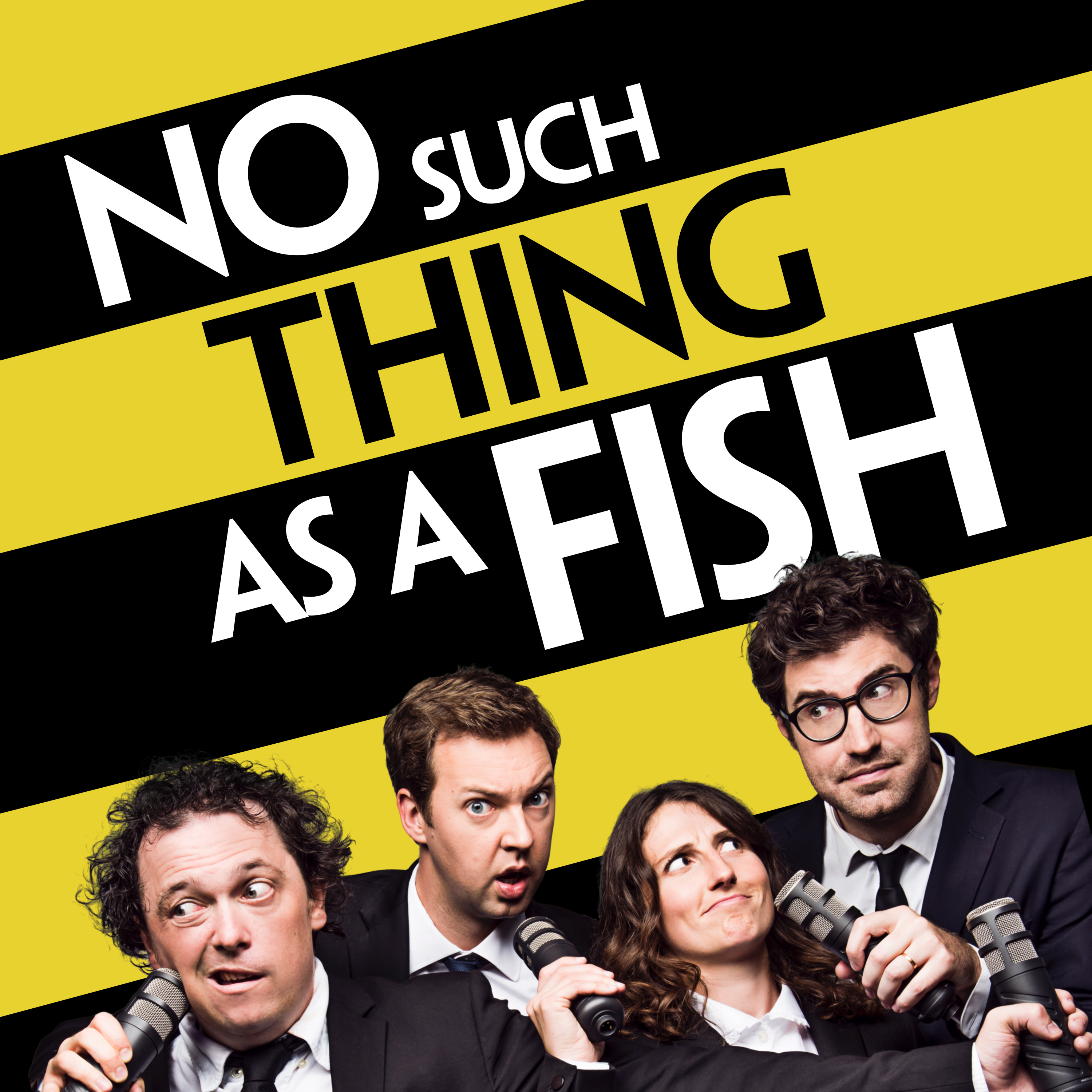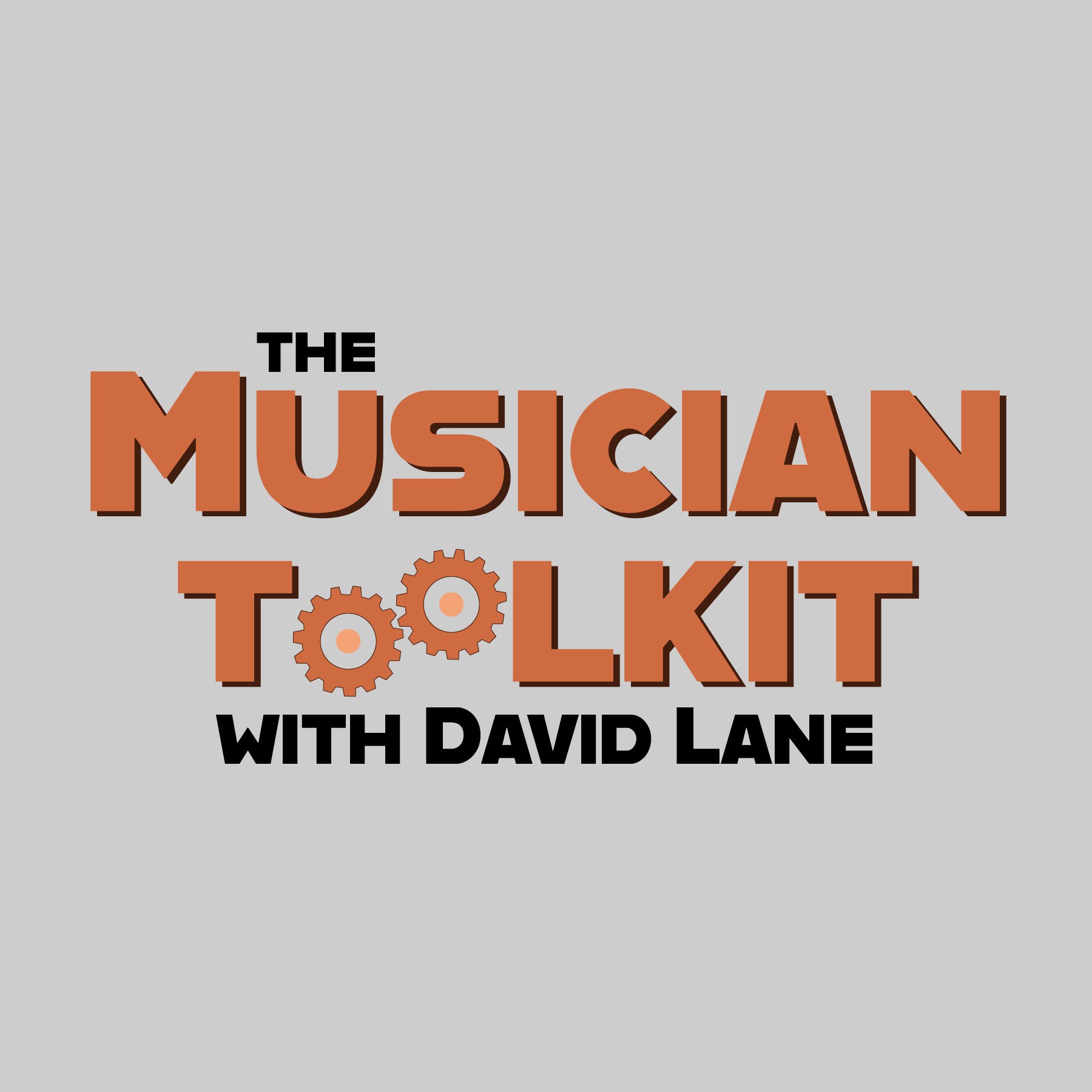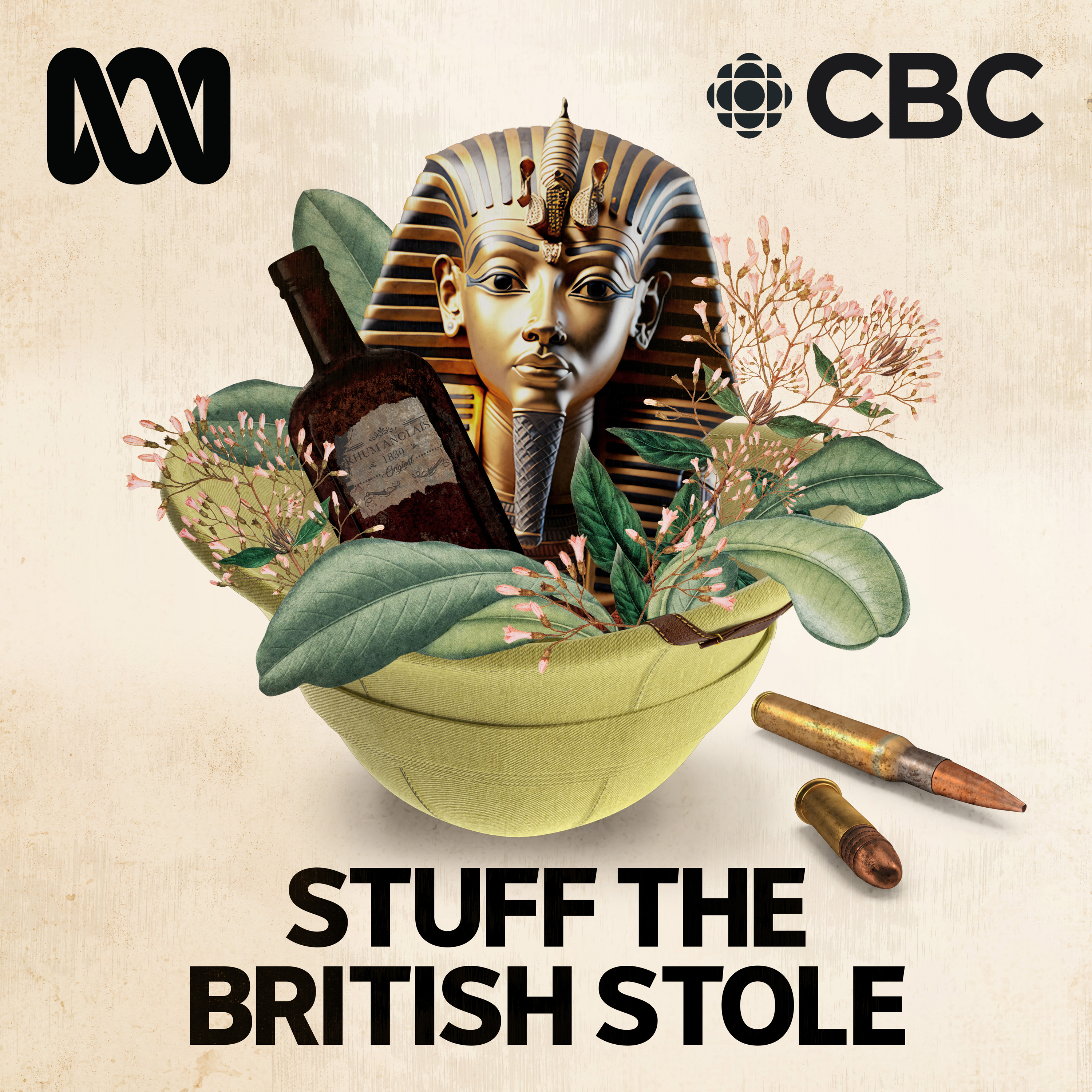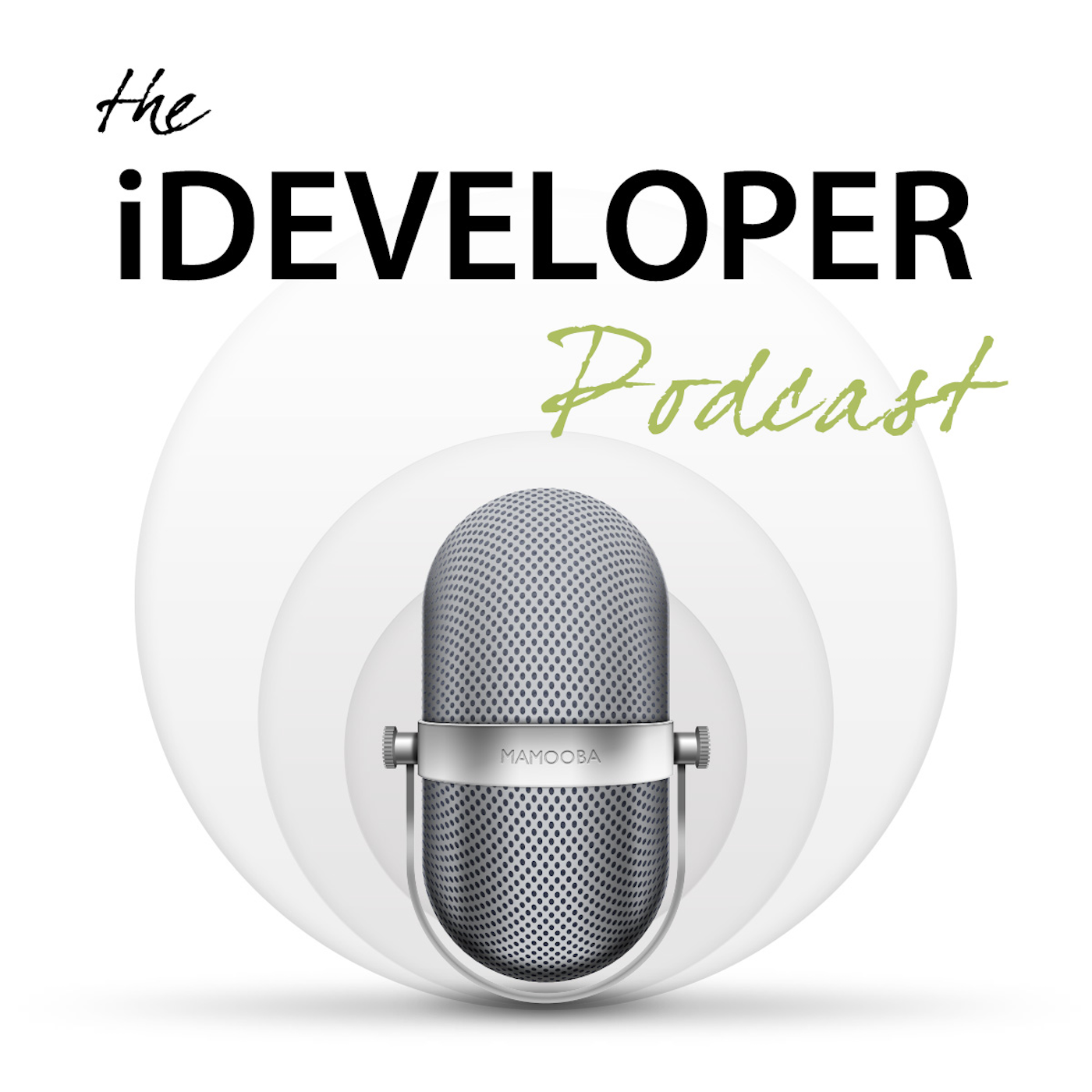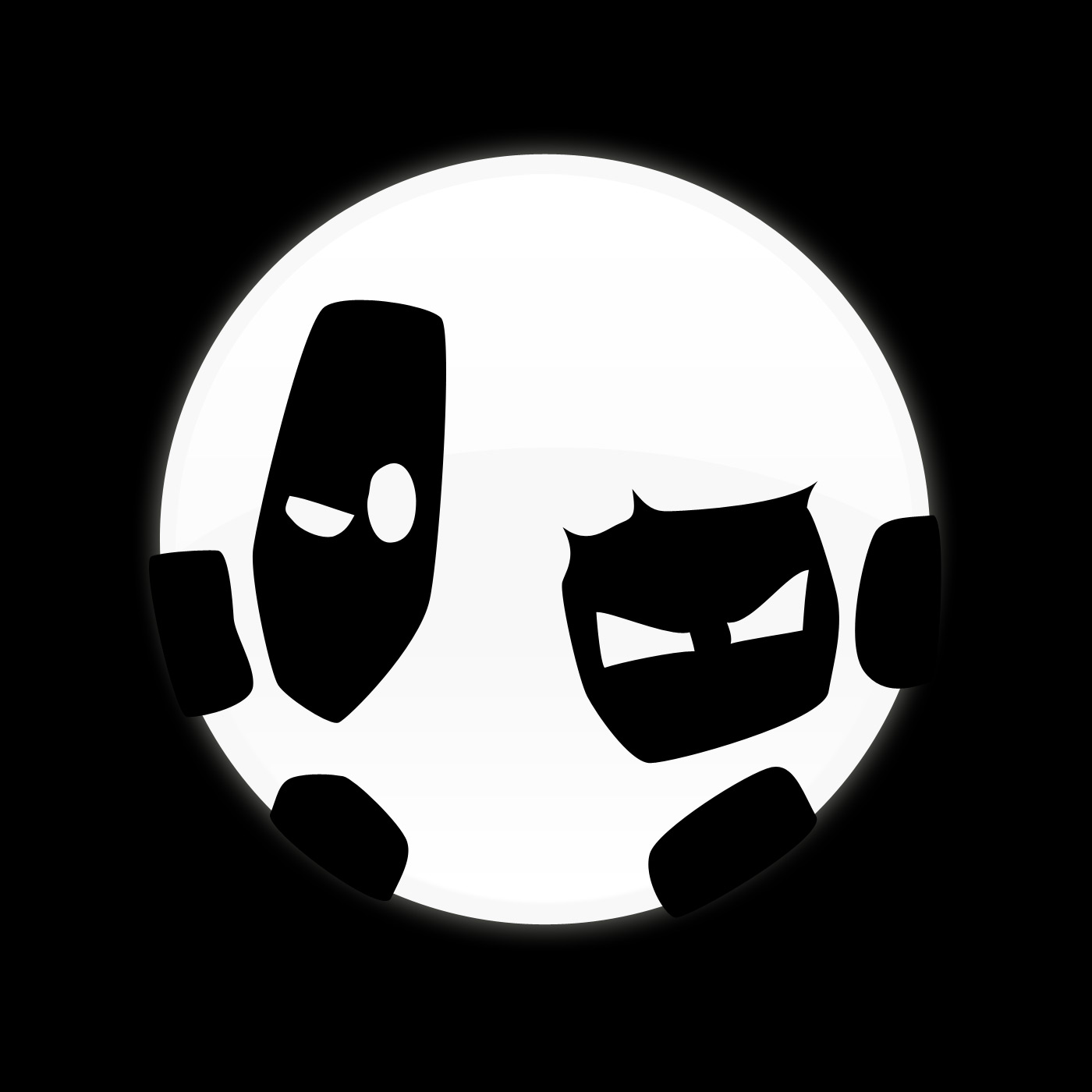
Piano, finally
Piano Finally is a podcast by an old bloke who is learning the piano, finally. I cover the process of learning the piano and music theory as an adult learner. I also review piano books, hardware and other materials from an adult learner's perspective.
Piano, finally
Episode 14 - Theoretical Planning
Join me, David Reidy, on the latest episode of "Piano, Finally,". Travel with me through the bustling piano shops of Sydney, where luxury pianos with rich histories and exquisite craftsmanship beckon. I also take a moment to spotlight the incredible work of Jason Zak and the Nathaniel School of Music's YouTube channel, urging you to support their treasure trove of valuable content.
In this episode, you'll also hear my thoughts on the significance of music theory in piano playing, informed by my background in maths and physics. Tune in for an episode packed with personal anecdotes, practical tips, and musical inspiration!
You can contact me:
- via email at david@pianofinally.show; this is probably the best option
- the show website, www.pianofinally.show
- Instagram and Threads @pianofinally
- and on YouTube
- all the podcast directories - list
- here's the RSS feed
Some of the links to books and other items mentioned in the podcast are affiliate links for Amazon or other providers. If you use one of these links, a commission may be paid to me at no additional cost to you. Thank you if you use a link.
All reviews of products, websites and services are unpaid, and no sponsorship has been received for any content on this podcast.
G'day everyone. I'm David Redy and welcome to Piano. Finally, a podcast by an old bloke who's getting around to learning the piano. Finally, welcome to show 14. Thank you for joining me. If this is the first time you've heard the show, welcome. I hope you're enjoying your piano journey as much as I'm enjoying mine If you're a returning listener. Thanks very much for coming back.
David Reidy:The Kawai NV-10 made some sound during the week. Last week I sat down next to the Kawai to record the podcast. My microphone and recording hardware are set up next to it. After I'd finished the recording I tapped the power button on the Kawai just out of interest and it turned on. I played it a bit, but I still had the podcast to edit, so I didn't use it for very long.
David Reidy:I did my Monday afternoon practice and all was good. I went to my piano lesson and then gave it another try after dinner, but once again it remained silent. The school held its Performing Arts and TAS showcase on Friday night. Seeing the results of nearly a year's effort from our senior students was great. This time around, all the musical performances were drumming along with group and solo drama pieces. It meant that I once again got to use the Hyundai Grand Piano for practice. I lifted the lid to have a look inside this time and it all looked normal, but it definitely needs a bit of a tune. I lifted the lid to have a look inside this time and it all looked normal, but it definitely needs a bit of a tune. I've started looking into tuning tools. When I was out and about yesterday I dropped into some piano shops. There are no shops very close to where I live, but I was down in one of the suburbs in Sydney and it turns out that Chatswood is the centre of Sydney piano shopping. Within a five-minute drive there are three very large showrooms with an enormous range of manufacturers not just the entry-level pianos but Bosendorfer, fazioli and Steinway, and all with instruments on the floor and available to play. I wisely avoided playing anything with a price tag with six or more digits on it. If the NV-10 has to be returned, I think I might be visiting them again.
David Reidy:This week's YouTube channel is the Nathaniel School of Music with Jason Zak. I'm not sure how I found this channel, but I think it popped up because of the YouTube algorithm. After all, I do watch a lot of piano videos. Jason Zak is the presenter on the channel, and this has to be one of the most prolific YouTube channels I've seen. The channel has been on YouTube for 12 years and they have more than 4,200 videos. That's just under one per day for 12 years, which is pretty impressive. There are two main types of content on the site. In many videos, jason plays a piece there's a wide range of styles and in others he covers topics of interest to musicians, both practical and theoretical topics. 12 years of content means that Jason has covered an enormous range of subjects. All the pieces have charts and MIDI files available to Patreon members of his channel. The channel is based in India, judging from the contact phone number on their YouTube page, but all the content is in English and it's really nice to get a chance to look at music from a different point of view. Jason and the Nathaniel School of Music have a lot of other content available both for free and for sale online, and it's certainly worth checking them out. The channel is currently at 99,300 subscribers another 700 till they get the YouTube plaque, so why not head over and subscribe? You'll be supporting a channel that has put in an enormous amount of work and dedication into spreading the joy of music performance.
David Reidy:Theoretical Planning. Do you need to know piano theory if all you want to do is play the piano? No, probably not. After all, I'm pretty sure there was music for a long time before there was music theory. I'm also guessing that most people get into playing music before they even think about music theory. In that sense I'm not typical. I knew a lot more about music theory than I knew about playing music. When I think about it, learning the guitar when I was young was almost entirely following instructions. If there were chords written above the lyrics, then you played the chords in time with the words. I could remember which finger went on, which string for which note, but there was no theory attached to that. I first became interested in the theory behind music when I read Douglas Hofstadter's, gertl Escher, bach and Eternal Golden Braid when I was at university. Of course, as all the different tuning systems were invented to make mathematical sense for the fixed tuning of keyboard instruments, it was the maths and physics that got me interested, though it didn't lead me to learn an instrument back then. So would I still be learning theory now if I started on the piano but didn't have a maths and physics background? Probably yes.
David Reidy:The way music theory is taught to musicians is designed to abstract away the underlying science, as science is irrelevant in order to play nice sounding music. So let's leave the science behind and look at the musician's way of studying music theory. Theory starts with knowing the words. Many terms in music are ordinary English words with specialist musical meanings. For example, fifth means many things in English, but in music it is the note, that is the fourth one above the key you're on. If it's a white key, or more precisely, it's seven semitones above the note that you're on. Once you understand the words, you'll start to understand what other musicians are saying.
David Reidy:I was listening to a jazz musician talk about how he takes basic chords and makes them sound more interesting when he is playing. Then, at a sharpened eleventh was one of the things he said. He had already added sevenths and ninths. Although I had little hope of actually doing that on the keyboard, I understood what he meant and could follow along with the point he was making. And that's where the theory becomes valuable, especially as a beginning piano player. So how much theory do you need? I'm familiar with the AMEB theory syllabus, so I'll use it as a guide.
David Reidy:I think that all the exam boards will have a similar set of levels, although they'll probably differ in minor ways. The AMEB course has scales as part of their performance levels, and those scales are matched by scales in the theory levels. The first AMEB theory level covers C, g and F major scales. In level 2 they introduce the harmonic minor scales. Although they don't list all 24 scales, you do now have enough knowledge to work out the rest. In the first two levels you're introduced to basic intervals and chords so that by the end of level 2 you'll be pretty comfortable with most of the theory behind what you are playing. No, you're not going to be able to whip off a full voice fugue using standard techniques, but if you're, like me, still in the first year of learning, you're not going to be able to play a four-voice fugue either. In the end, there's no doubt that you can be a great musician without being able to pass a written theory exam.
David Reidy:So much of music comes from feeling what is right, and using theory is much more important than writing it. On the other hand, being able to understand the shorthand that some musicians use to describe what they are doing opens up a whole world of written and recorded material that you can use to inspire. I'm doing theory because I find it fascinating. Now being able to read the theory and transfer it in a very basic fashion to the keyboard is adding a whole new dimension to learning the piano. For the past three weeks I have been reviewing the Piano Tech 8 software. This software uses mathematical modelling to reproduce different pianos and other instruments. It can be used with a MIDI keyboard to experience a wide range of expensive pianos. Pianoteq 8 is made by the French company ModArt and although it's not cheap software, you can try an almost complete demonstration version for free. Last episode, when I was talking about how George Winston would sometimes reach inside his piano while playing to change the sound of the strings, I said that that was something you couldn't do with an electronic musical instrument. Well, this week I'm going to talk about something you really can only do with an electronic instrument unless you have a piano technician available on call.
David Reidy:Generally, musical instruments are tuned to a standard called concert pitch. In concert pitch, the A above middle C has a fundamental frequency of 440 Hz. That's now used worldwide because it was included in the Treaty of Versailles which ended the First World War. 440 Hz was not always the standard pitch. Indeed, different countries and different eras have used frequencies quite a distance from that point. If you have perfect pitch you'll probably notice it straight away, but even I can tell if I'm listening to a familiar piece and the tuning is a reasonable distance away. This lack of standardisation means that the tuning that Beethoven was familiar with was not the 440 hertz we know, but 455 hertz based on one of his surviving tuning forks. So if you want to hear music at the frequencies the composer heard, you need to retune your piano. I checked the pricing of local piano tuners around here. The cost of tuning with a pitch change is around $300. That's a bit expensive if you're just interested in what Fur Elise sounded like to Beethoven.
David Reidy:With Pianot eq and most other electronic instruments, changing the bass pitch is as simple as typing in a new frequency. Not only that, the whole tuning system can be altered from the 12-tone equal temperament that is standard today. Pianoteq offers seven different temperament settings, including the temperament that is standard today. Pianoteq offers seven different temperament settings, including the temperament system that Bach based the well-tempered clavier around. The Werckmeister system used at the turn of the 18th century is also available.
David Reidy:Here are some examples. Firstly, a C major scale using concert pitch and equal temperament. By the way, all these examples were recorded using the Bosendorfer 290VC classical recording setting on Piano Tech 8 and played on the Roland FP-90X keyboard. Now, c major with A at 415 hertz and using Workmeister this might have sounded right to Pucklebell and Purcell. Finally, an equal temperament C major with Beethoven's 455 hertz setting for A.
David Reidy:The ability to so simply change the characteristics of the instrument you are using, especially when reading about historical music and the changes to performance over the centuries, is a great thing. I'm really having fun playing around with the different settings. Well, that's it for this week. If you'd like to contact me, email is the best way. You'll find me at david at pianofinelyshow and the website at wwwpianofinelyshow. In both cases, piano, finally, is all one word. The show is also on Facebook and Instagram and you can subscribe using any popular iOS or Android podcast application or from Apple Podcasts, spotify or Player FM. So until the next episode, I hope your piano stays in tune and you enjoy your time at the keys.
David Reidy:This week's piece is still the first nine and a half bars of Nino Rota's A Time For Us from Franco Zeffirelli's film Romeo and Juliet. I'm still working at keeping the tempo consistent, as you'll hear, but the left-hand chords are finally working properly, but only at a fairly low speed Because of the iPad software. I'm writing to help with practicing. I spent a fair bit of time this week working on scales too, and although slow, they're coming along well. You heard my C major in the main part of the episode. Again, this was recorded using the Roland FP-90X and the Pianoteq Bosendorfer model. It's played back using the classical recording preset at concert pitch and with equal temperament. Thank you, do do. Thank you.






